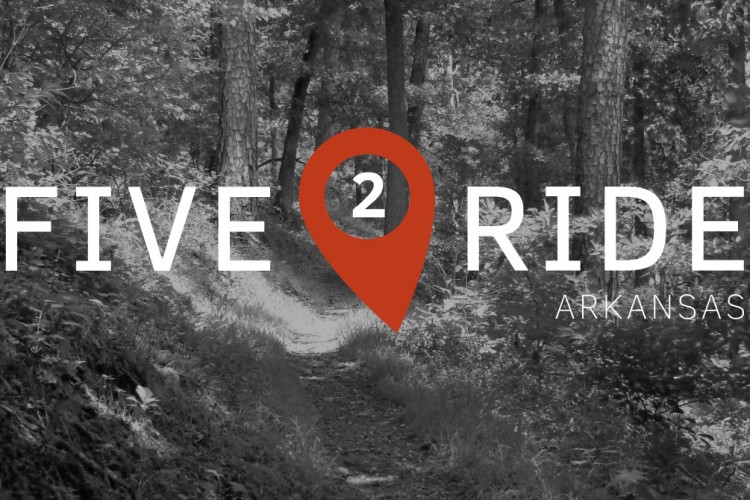We had a lot of fun with the mountain bike ownership analysis a couple weeks ago and now it’s time to delve into some trail stats. Ever wonder which US states have the most miles of mountain bike trails? Or which states have the lowest trail use densities? We did–and here are our findings.
The first chart above shows raw trail mileages for each state. At the high end, Colorado has 5,138+ miles of bike trails while tiny Delaware has just 106+ miles. I say “plus” because there’s no way every MTB-legal trail in the US is in the singletracks database but we can use it as a good approximation, especially when comparing states. Obviously California and Colorado stand out but there are a couple other interesting trends to note.
- States west of the Mississippi seem to have more trail mileage than those on the east side. Of course there are plenty of explanations for this: western states are larger (an area-normalized chart confirms this) and western states are also not as densely developed as eastern ones.
- There is more trail mileage in states with mountains (like the Appalachians and even Ozarks). Shocking, I know–it is called mountain biking after all. Where there are mountains, bikers will find or build trails to ride.
Ok, so western and mountainous states have more trail mileage than flat, eastern and mid-western states but what about average trail lengths themselves? After all, the most popular trails and trail systems seem to be those with a lot mileage to choose from.
For this chart we’ve discarded South Dakota and DC because our trail sample in those areas is so small (and each happens to have one long trail that skews the results). Barring those two states, the miles per trail metric is fairly consistent across the US. The southeast seems to have shorter trails on average while Pennsylvania, West Virginia, New Mexico Arizona, and Alaska (unsurprisingly) have mostly longer trails. There’s clearly a trend toward longer trails in the western states as well.
Speaking of long trails, it’s interesting to see where the official IMBA Epic trails are located throughout the US.
This chart is shockingly similar to the first chart showing overall trail mileage for each state. California and Colorado have the most IMBA Epic trails–and also the most mileage from the first chart. Using mileage as a good gauge for the number of IMBA Epics in a state, Montana seems to have been overlooked on the IMBA Epic list. As in the mileage chart, it’s clear that states with mountains tend to have the best mountain bike trails.
Ok, so if you don’t live in one of the states blessed with miles of epic trails, you’re probably ready to start planning your trip out west or at least to a state with mountains. But which state has the least crowded mountain bike trails?
Our final chart shows trail mileages normalized for state populations. After all, California has a ton of mountain bike trail but there are also a ton of local riders. It turns out the Rocky Mountains offer your best shot at having a trail all to yourself (or at least running into the fewest trail users). On the east coast, Vermont and West Virginia are also good bets if solitude is your thing. Of course this doesn’t account for the tourists which will affect actual trail usage densities (think Slickrock in Utah).
Now it’s your turn–which map do you find most interesting? What other trail metrics should we have mapped?























